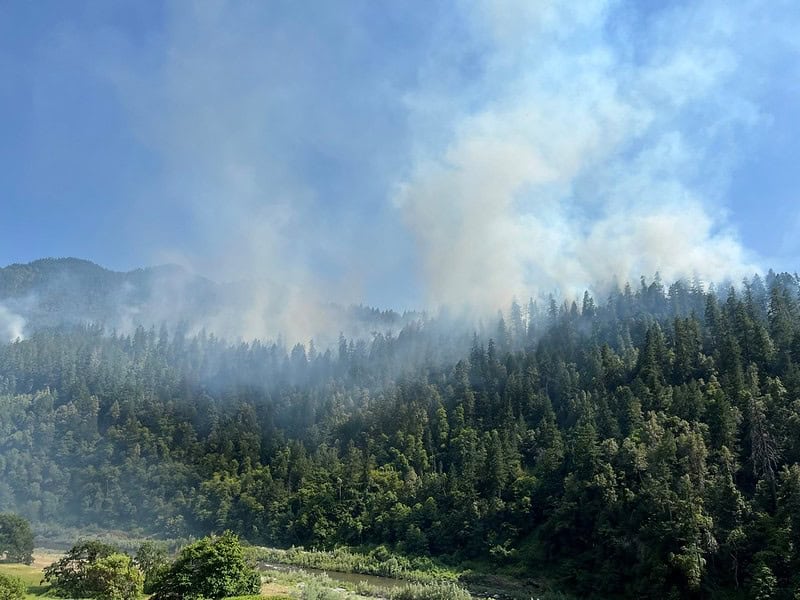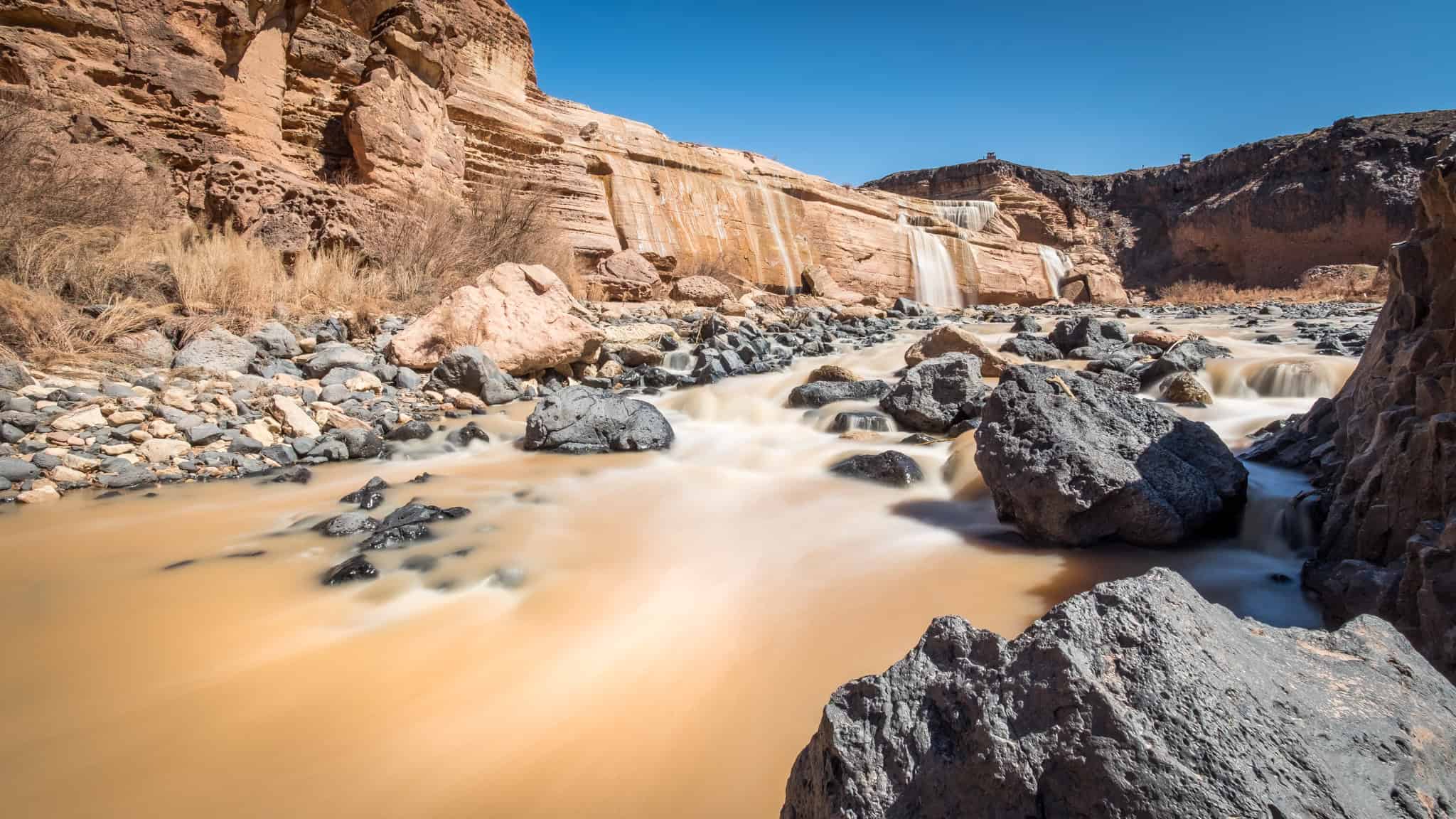Share this article
AFWA report helps managers address climate change
The Association of Fish and Wildlife Agencies developed a new report to help managers adapt their strategies to tackle climate change with a special focus on the importance of Indigenous Knowledges.
“This is an important place for managers to start,” said Maggie Ernest Johnson, the climate adaptation program manager for AFWA.
The new report, “Advancing the National Fish, Wildlife, and Plants Climate Adaptation Strategy into a New Decade,” is an update of the 2012 Strategy that came after Congress directed the Council on Environmental Quality and the Department of the Interior to develop a national strategy. The CEQ and DOI then tasked an interagency working group, including AFWA, with developing a government-wide climate adaptation strategy. “That was a foundational document for natural resource management in how we should address climate impacts on fish and wildlife,” Johnson said.
Out of that strategy, a joint implementation working group formed to guide execution of the strategy and address future revisions, but ended in 2017 due to shifting priorities within the last administration. Johnson helped develop a similar network to track the progress and revise the document.
To write the new strategy, Johnson brought together co-authors from organizations including the U.S. Forest Service, NOAA, U.S. Geological Survey, Bureau of Indian Affairs, Association of Fish and Wildlife Agencies, Great Lakes Indian Fish and Wildlife Commission, Confederated Salish and Kootenai Tribes, Institute for Tribal Environmental Professionals, Defenders of Wildlife, Michigan State University and the University of North Dakota.
The goal of the new report was to review changes in the field of climate adaptation, evaluate the influence of the previous strategy in federal, state, tribal and nonprofit plans, and provide recommendations for revisions and implementation.
The report is split into three parts. The first describes what has changed in the natural resource field’s understanding of climate change and adaptation science, including the impact of greenhouse gases on the climate and ocean, wildlife range shifts and more.
The second part reviews the strategy’s implementation or influence on an assortment of federal, state, tribal and nonprofit plans.
The third section focuses on new management recommendations and goals, such as identifying and protecting refugia, employing adaptive management, managing invasive species and more.
“While much has changed in our understanding of climate adaptation over the past decade, it is clear that the strategy has provided a useful roadmap at national to local levels for preparing for and responding to the impacts of a changing climate on the nation’s natural resources,” the report concluded.
One important aspect of the new report is the inclusion of representation from Indigenous and Tribal people. For example, one section focuses on integrating Indigenous Knowledges into climate adaptations. It lays out what Indigenous Knowledges are, how they relate to climate adaptation and how to integrate them. For example, indigenous people can help identify priority planning areas. The report points out how the Great Lakes Indian Fish and Wildlife Commission vulnerability assessment used interviews with indigenous people to identify 60 species of concern.
“This couldn’t have gotten done without partners, and one of the strengths of the strategy is that it was rooted in this interagency coordination,” Johnson said. “And the other great thing is that this partnership now goes beyond the agencies to include our nonprofit partners too.”
The next step, Johnson said, is putting greater detail into these recommendations. For example, she said, it will be important to explore how to meaningfully and equitably include diverse groups when considering climate change and natural resources. “The really big takeaway from this paper is we need to be incorporating all the various stakeholders into the process early on,” she said.
Header Image:
The new AFWA climate adaption report details recent research and findings in regards to the effect of climate change on wildlife. In the report, the authors describe morphological changes to body size and shape being linked to climatic changes in snowshoe hares (Lepus americanus) such as the one pictured here.
Credit: NPS Photo Tim Rains








